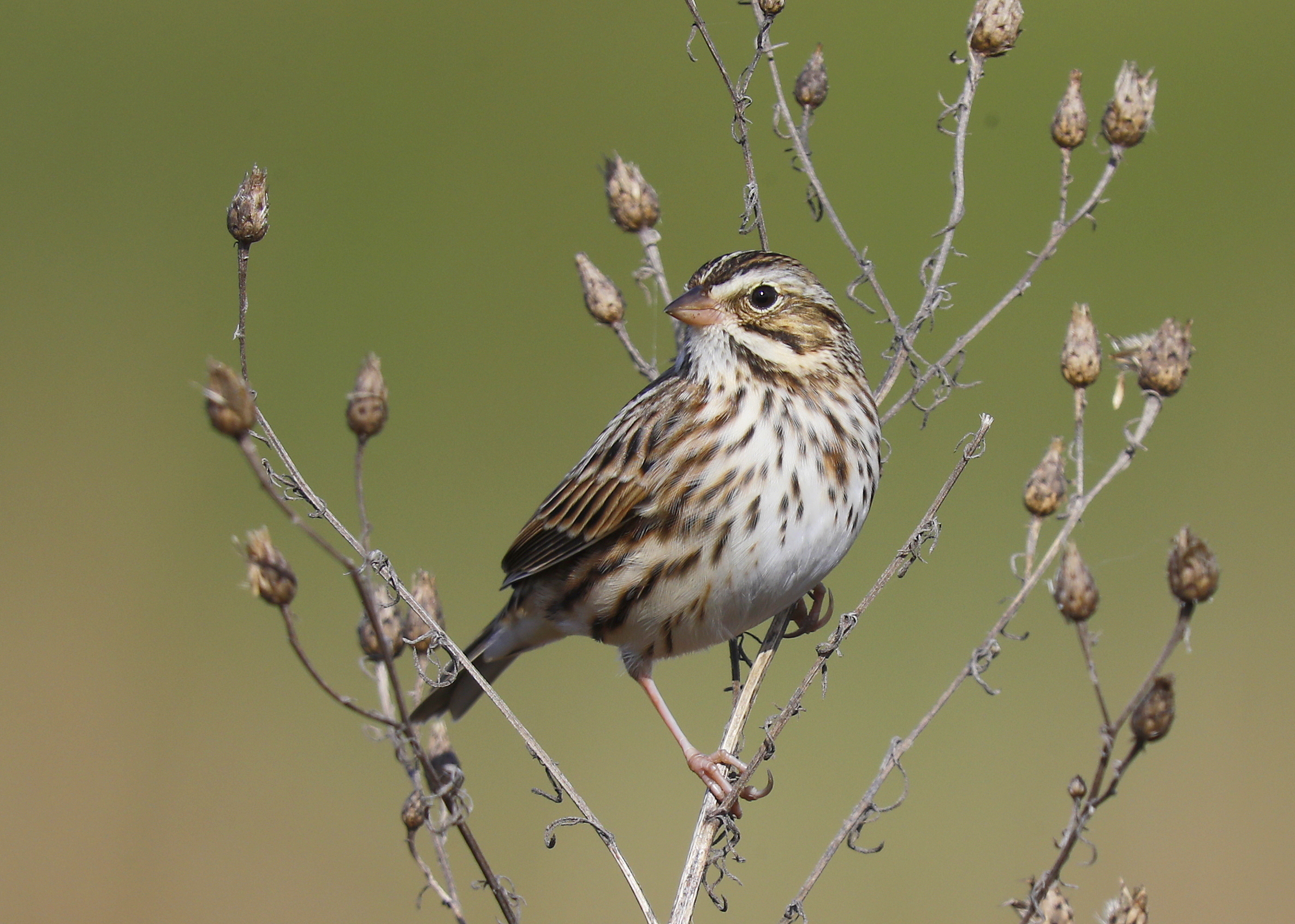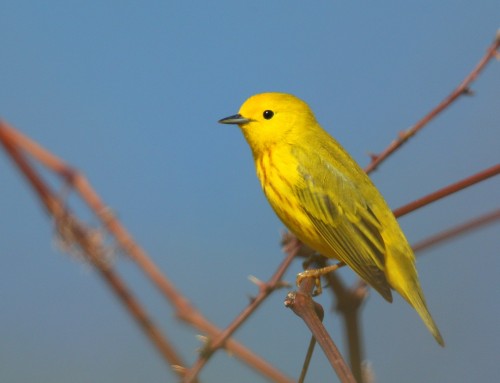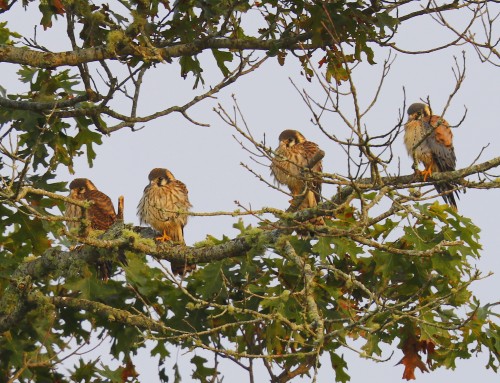Savannah Sparrows breed in local grasslands with ground nests. They sing melodious songs for courtship and territory defense, benefiting from their visible habitat. In preparation for fall migration, Savannah sparrows flock, molt, forage, accumulate fat, orient using celestial cues, and stage for the journey. This Savannah Sparrow was recently seen at Crane Wildlife Management Area located on Rt. 151 in Hatchville.
Savannah sparrows (Passerculus sandwichensis) are small, migratory birds that inhabit a wide range of grassland and open habitat types in North America. In the fall, before their migration, these birds exhibit several distinctive behaviors and characteristics:
1. Gathering in Flocks: As the fall season approaches, savannah sparrows begin to congregate in larger flocks. This behavior is known as “staging.” These flocks can vary in size, but they often consist of several individuals, which provides safety in numbers as they prepare for migration.
2. Feeding and Foraging: In the weeks leading up to migration, savannah sparrows spend a significant amount of time foraging for food. They are primarily granivorous, meaning their diet consists of seeds and grains found in grasses and other low-lying vegetation. They also feed on small insects and other invertebrates.
3. Molt: Many savannah sparrows undergo a pre-migratory molt, where they replace old, worn feathers with fresh, new ones. This ensures that they have a set of strong, functional feathers for their long-distance flight.
4. Territorial Behavior: During the breeding season, savannah sparrows establish and defend territories. However, in the fall, they become less territorial and more tolerant of other savannah sparrows. This is likely because they are preparing for their migratory journey and the focus shifts from breeding to survival and migration.
5. Communication and Singing: While the singing of savannah sparrows is more characteristic of the breeding season, they may still sing in the fall, particularly during territorial disputes or interactions with other sparrows in staging flocks. Their songs are usually a series of melodious trills and whistles.
6. Increased Resting and Roosting: As the days get shorter and the temperatures drop, savannah sparrows may spend more time resting and roosting. They often choose sheltered spots in the grasslands or other suitable habitat to protect themselves from the elements and conserve energy for the upcoming migration.
7. Orientation for Migration: Savannah sparrows, like many migratory birds, possess an innate sense of direction and navigate using celestial cues such as the position of the sun and stars. They gradually build up fat reserves in preparation for their migration, which can be a long and energy-intensive journey.
8. Pre-migratory Aggregation: In the late summer and early fall, savannah sparrows may gather in larger numbers in specific staging areas. These locations often provide abundant food resources and serve as stopover points where they can rest and refuel before continuing their migration to their wintering grounds.
9. Group Dynamics: The interactions within staging flocks of savannah sparrows can be fascinating, with individuals engaging in various social behaviors such as preening, vocalizations, and occasional territorial disputes.
Savannah sparrows are part of the incredible phenomenon of bird migration, and their behavior in the fall reflects their adaptation to seasonal changes and the necessity of preparing for long journeys to wintering areas. These birds are known for their resilience and ability to cover vast distances during migration, making them a subject of interest and study for ornithologists and bird enthusiasts.







Leave A Comment
You must be logged in to post a comment.